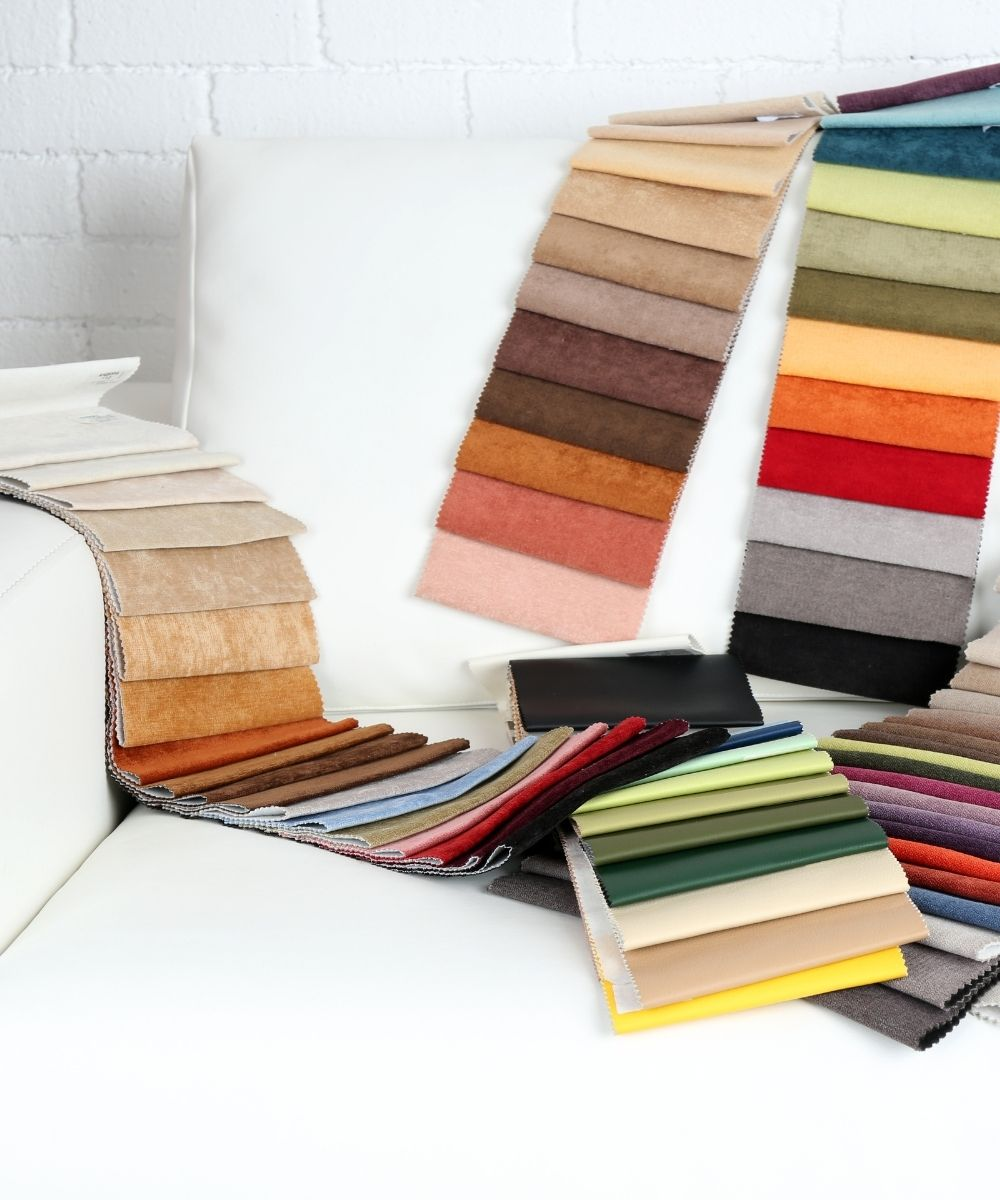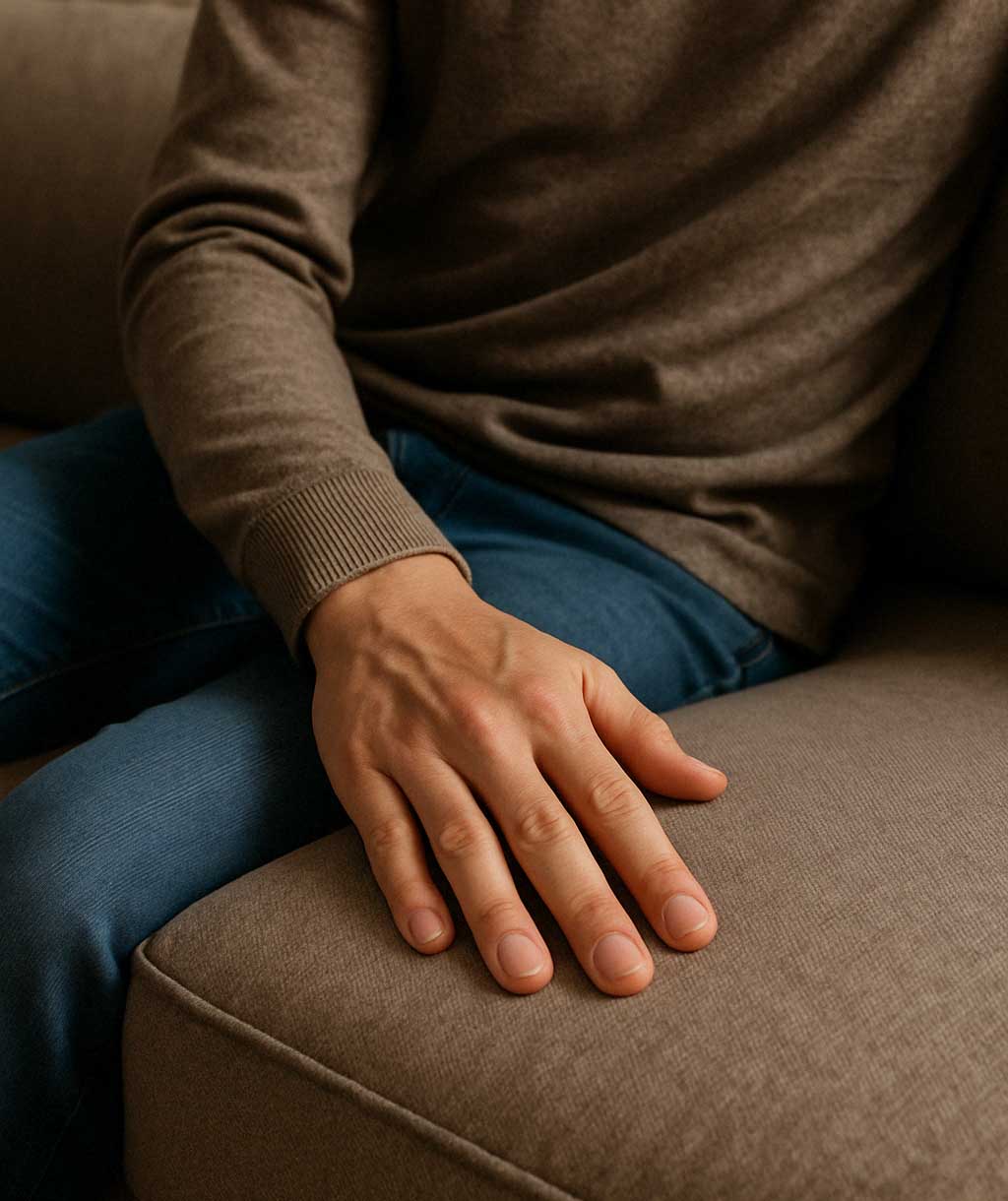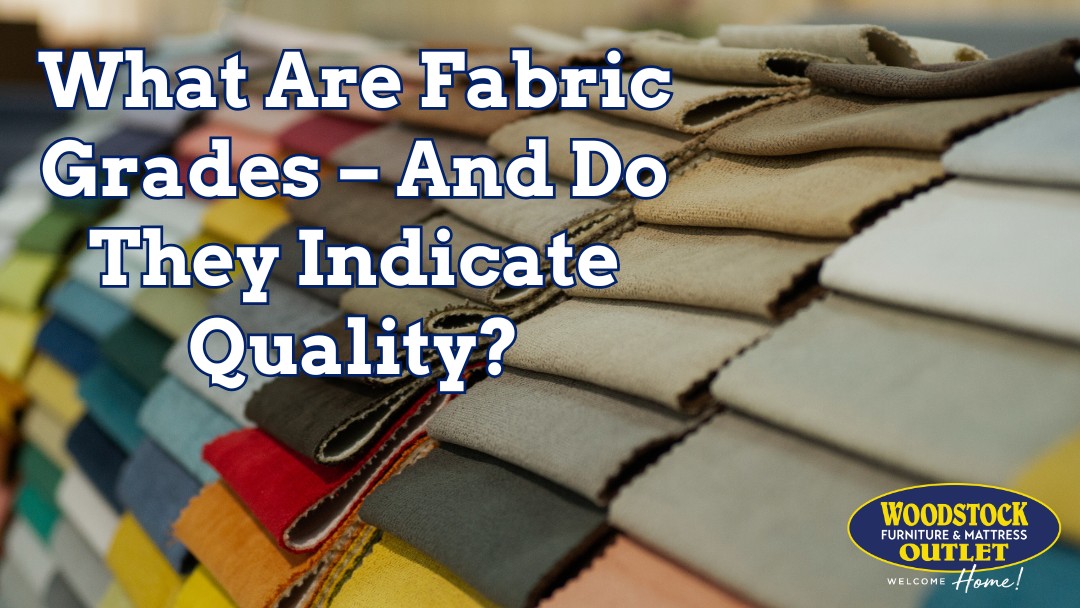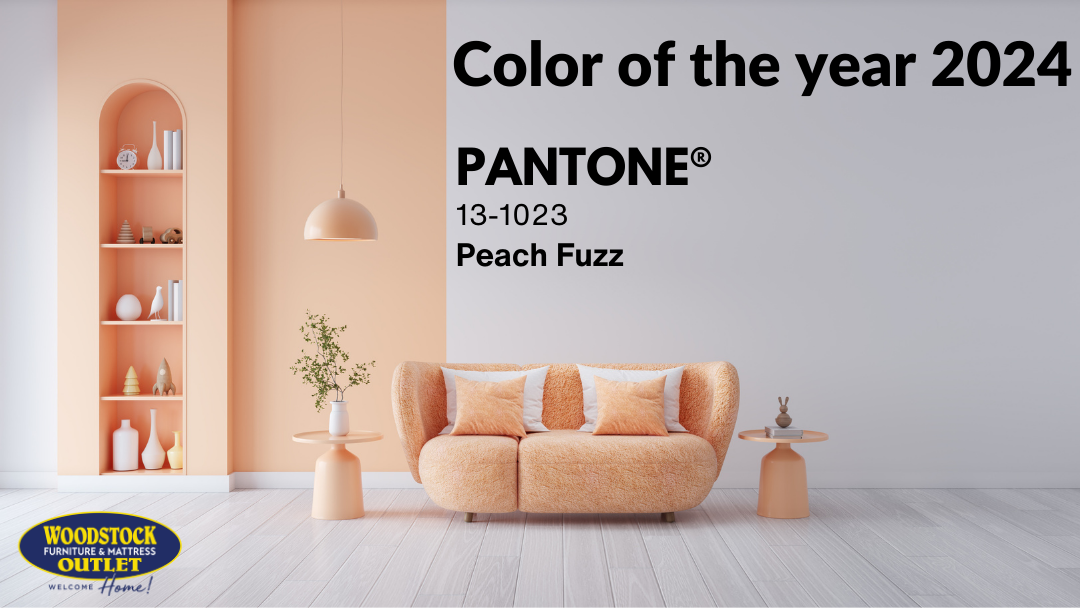If you've ever seriously considered a custom or special order sofa, sectional, loveseat or accent chair, you've likely already encountered a potential issue – that less-than-clear industry term “fabric grade". Naturally, this leads to a couple recurring questions. What are fabric grades, exactly? Higher fabric grades and higher prices seem to be indicators of higher quality, but are they really? Does a higher grade fabric actually mean it's better quality, or is it just some kind of upselling tactic?
These are great questions! But as always, even the best questions tend to have pretty nuanced answers that are a bit more complex than a simple “yes” or “no”. At Woodstock Furniture & Mattress Outlet, we hear these questions from shoppers all the time. So let's break down what fabric grades actually mean, how they're determined, and what things are most important to consider when choosing the best fabric for your next piece of upholstery.
What Are Fabric Grades?
First, let’s define what a fabric grade actually is. Contrary to how it may sound, fabric grades are not a universal standard for fabric quality. Rather, fabric grades are simply a pricing system established by the upholstery manufacturer that reflects how much it costs them to produce a fabric, acquire a fabric, or to use a fabric to cover a furniture’s frame, cushions and/or pillows.
Additionally, keep in mind that each furniture manufacturer uses its own grading system. That means a Grade A fabric from one company might not match the quality, price, or material of a Grade A fabric from another furniture maker. Most companies use letters to designate fabric grades (A, B, C), while others may use a number system (100, 200, 300) or names unique to their brand.
The bottom line? Fabric grades exist to help furniture makers organize pricing for their custom upholstery options. As we’ll discover below, that may or may not indicate a difference in quality.
Why Do Higher Grade Fabrics Cost More?
Now that we know that fabric grades are primarily a pricing system, what gives higher grade fabrics their higher price tag? Well, the higher price often reflects the factors below:
- Material Type – Natural fibers like linen or wool are often more expensive than synthetic options like polyester. However, certain synthetic performance fabrics made from acrylic (like Sunbrella or Nuvella) or olefin (such as Revolution Fabric) may also be more expensive due to the higher cost to produce them, along with their stain-resistance and other special qualities.
- Design & Weave Complexity – Particularly intricate patterns, heavy textures, or detailed prints often cost more to manufacture than simple solids. This is the reason that a great many accent fabrics for accent chairs, ottomans and even pillows are likely to be a higher fabric grade.
- Special Finishes & Treatments – Performance fabrics like Crypton or LiveSmart include water-repellent or stain-resistant coatings, while others like Revolution or Sunbrella have solution-dyeing processes that make them colorfast and UV-resistant. These features and manufacturing processes add to the cost of the fabric.
- Country of Origin – Imported or designer fabrics from abroad may have higher production costs, higher shipping costs, or additional fees from customs and tariffs that may not be present in other fabric options.
- Fabric Orientation – The way that the material is woven and rolled by the fabric manufacturer has some bearing on how efficient it is to cover a sofa or other upholstered seating with it. Typically it is either woven “up-the-bolt” or “railroaded”. Depending on the fabric’s pattern and how it is applied, this can lead to more or less fabric waste. More efficient orientations cost less to upholster, while others that create more waste may be placed in a higher grade due to the increased material usage.
As a result of these factors, a higher grade fabric most certainly tends to be more expensive. However, that doesn’t automatically make it more durable, easier to clean, or better suited for everyday life than a fabric of a lower grade.
Does a Higher Grade Fabric Mean Higher Quality?
Here’s where things get interesting. Quality can mean different things depending on what matters most to you – whether that be how long a fabric will last, how easy it will be to clean, or how it feels and looks. The truth is that such things aren’t always tied to a fabric’s grade.
For instance, a lower grade performance fabric may be far more durable and family-friendly than a higher grade luxury fabric that looks gorgeous but wears down much more quickly when put into a high-use scenario. The individual customer, their lifestyle, and their intended use of the upholstered seating are all meaningful factors here.
So no, a higher grade does not necessarily mean higher quality. It just means higher cost.
More Than Just A Grade: How to Judge Fabric Quality
Keeping that in mind, when it comes to finding a fabric that works for your life and your space, these are the following markers of quality that you should consider:
1) Durability & Wear-Resistance

Some performance fabrics like Revolution Fabric or UltraComfort’s Brisa Fabric pride themselves on wear-resistance and durability. When it comes to upholstery, durability is most often measured in rub count or double rub count. Without getting too far into the weeds, this number essentially tells you how many times a fabric can be rubbed (or double rubbed – that is back and forth) before it begins to show signs of wear. A higher rub count means greater longevity. This is one of the best indicators of how well a fabric will hold up over time.
Residential fabrics, commercial fabrics, and even automotive upholstery is tested in this way. Acceptable upholstery rub counts can range anywhere from 10,000 to 15,000 on the low end to well into the hundreds of thousands of rubs. This sort of thing is much more important if you’re shopping for upholstered seating for a living space that sees frequent, daily use as opposed to a formal living room or sitting room.
Read more about upholstery rub count and why it matters here.
2) Cleanability & Stain-Resistance

This is a huge one. The highest quality fabric you can choose is the one that aligns perfectly with your lifestyle. Do you have large, rambunctious dogs? How about a toddler that likes to draw on everything? What about messy gameday guests liable to drop food while watching from the sofa?
Need help decoding how to clean your upholstery? Don’t miss our guide to fabric cleaning codes. For more info on performance fabrics, which fabrics are best for pets and kids, or info on how long a sofa should last, we’ve got you covered.
3) Fiber Content
Third, remember that different fabrics perform in different ways. Here are a few common upholstery fabrics to consider:
- Acrylic: Colorfast, stain-resistant, quick-drying, but not the softest in the hand
- Cotton: Soft and breathable, but can stain easily
- Linen: Stylish and natural, but can wrinkle, stain and wear quickly
- Olefin (i.e. polypropylene): Resistant to wear-and-tear, stain-resistant, colorfast
- Polyester: Durable, wrinkle-resistant, easy to clean
Keep in mind that blending these fabrics can alter their characteristics, and certain treatments can imbue base fabrics with performance features like stain-resistance and water-repellency.

4) Look and Feel
Finally, it’s important to note that the texture and appearance matter too! You need to remember to choose something you will love to look at and touch. A fabric that feels scratchy or stiff may not be your favorite for very long, even if it checks all of the other boxes. In this sense, quality is in the eye (or touch) of the beholder.
Weighing Fabric Design vs. Performance
All of the factors we’ve discussed thus far play a role in the grades assigned to various fabrics. However, just because two fabrics share the same fabric grade doesn’t necessarily mean they share anything else. For instance, let’s say you’re shopping for custom sectionals and are comparing two different Grade D fabrics. One is a stain-resistant polyester performance microfiber while the other is a designer linen blend with a gorgeous print but no performance characteristics or protective treatments.
The performance polyester might be a better quality choice for a high-traffic space like a den or game room, while the linen blend may have a higher-end look that will give your formal living space the sophistication that it’s been missing. While both are the same grade and may have a similar price, in reality, they are two very different fabrics best suited for two very different contexts. This further illustrates that fabric’s grade is really just about the manufacturer’s cost.
The Takeaway: Fabric Grade Isn’t the Whole Story
So, let’s recap:
- Fabric grades always indicate cost, not but not always quality
- Higher grade doesn’t automatically mean more durable or easier to clean
- Consider the fabric’s features, not just it’s grade and price tier
- Worry less about grades and more about the best fit for your lifestyle and space
We want you to feel confident when selecting and customizing your furniture. Ultimately, knowing how to look beyond fabric grade is what will give you the power to make the best choice for you – even if that means choosing a lower grade.
Still got questions about fabric grades? Our in-house design team is happy to walk you through it! Whether you're crafting a custom grand sectional from the ground up or shopping special order recliners, we’ll make sure you understand your options, so that you can bring home a piece of furniture that fits perfectly into your life. Come see us soon at any of our four North Georgia and Metro Atlanta Woodstock Furniture & Mattress Outlet stores!







